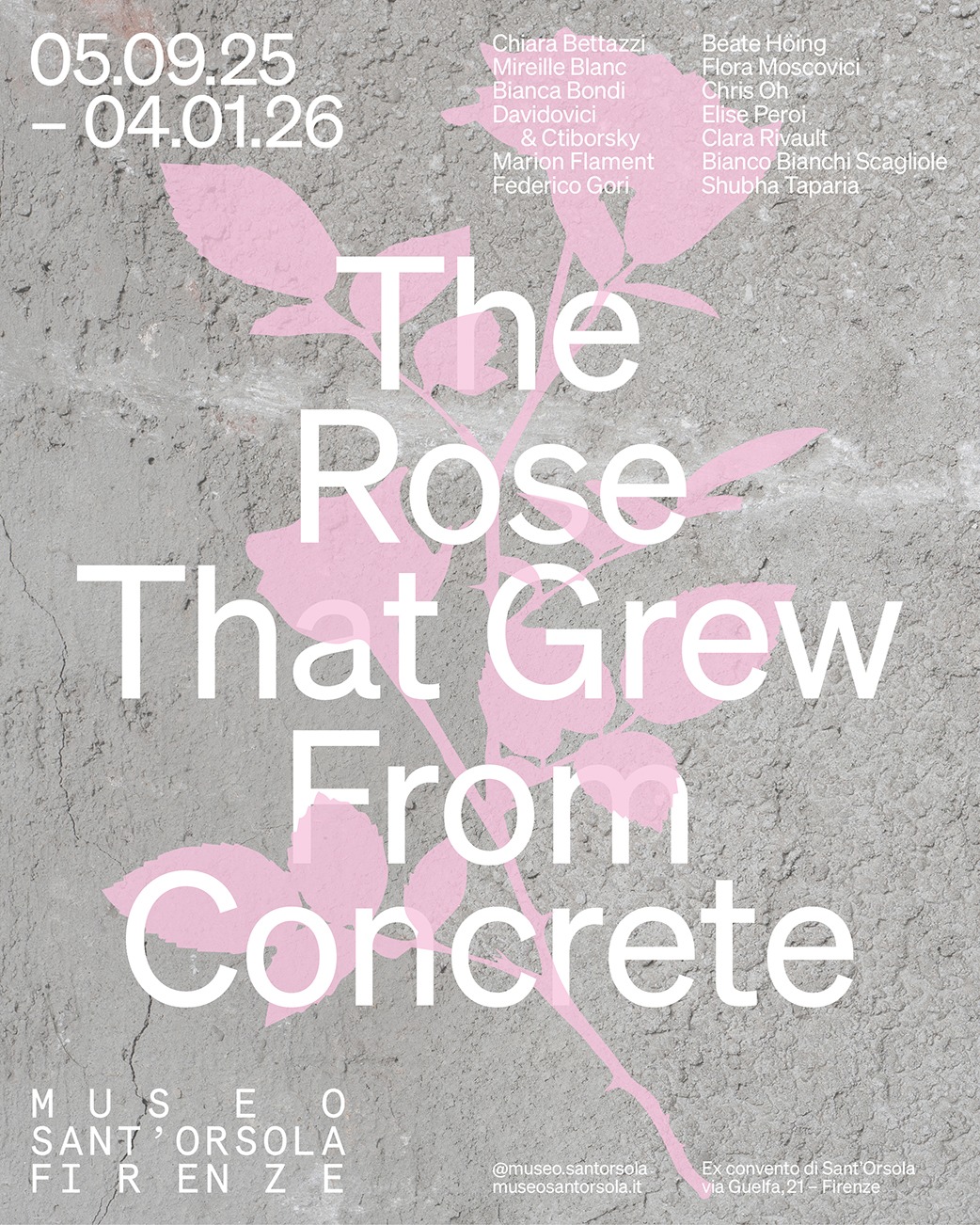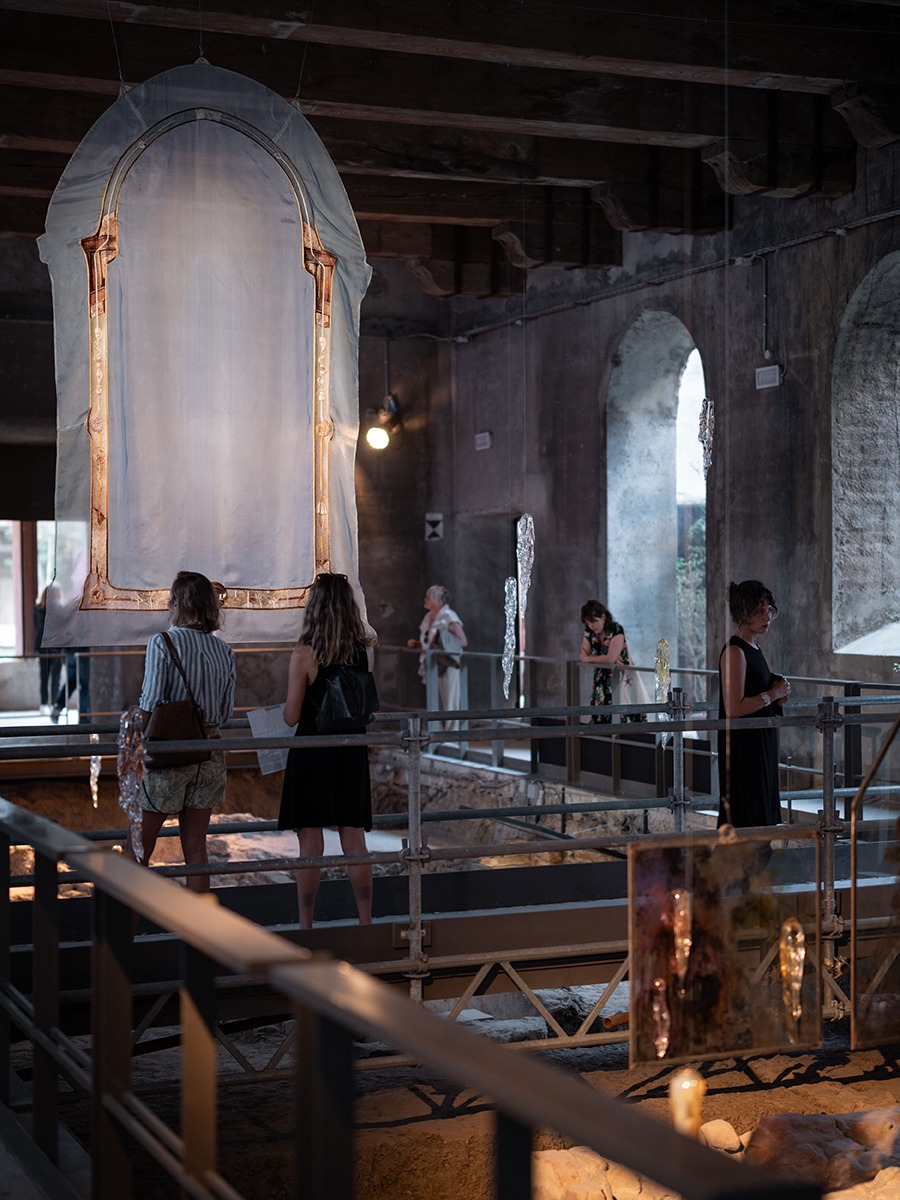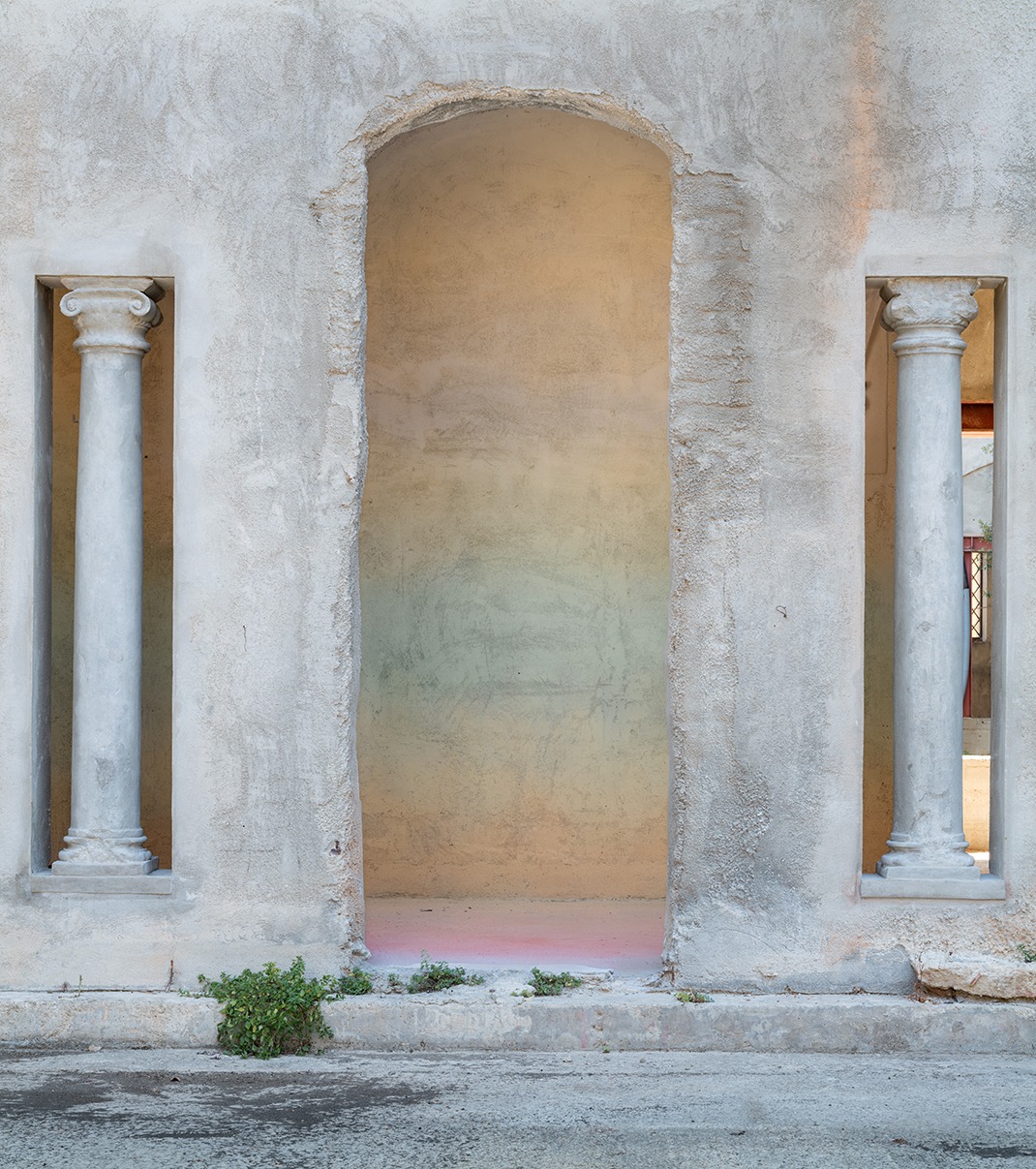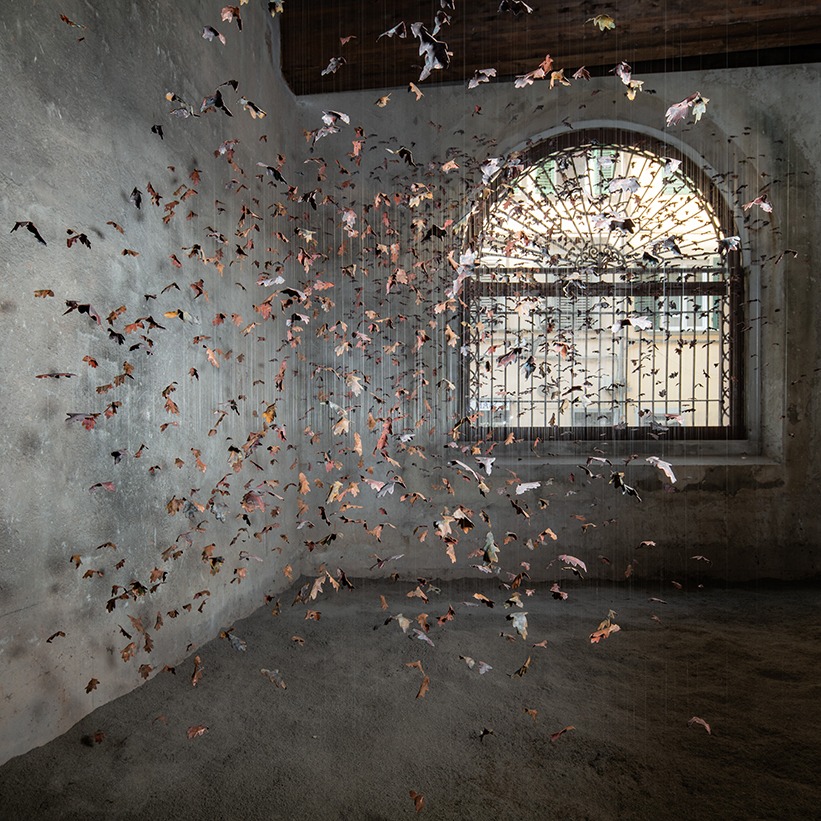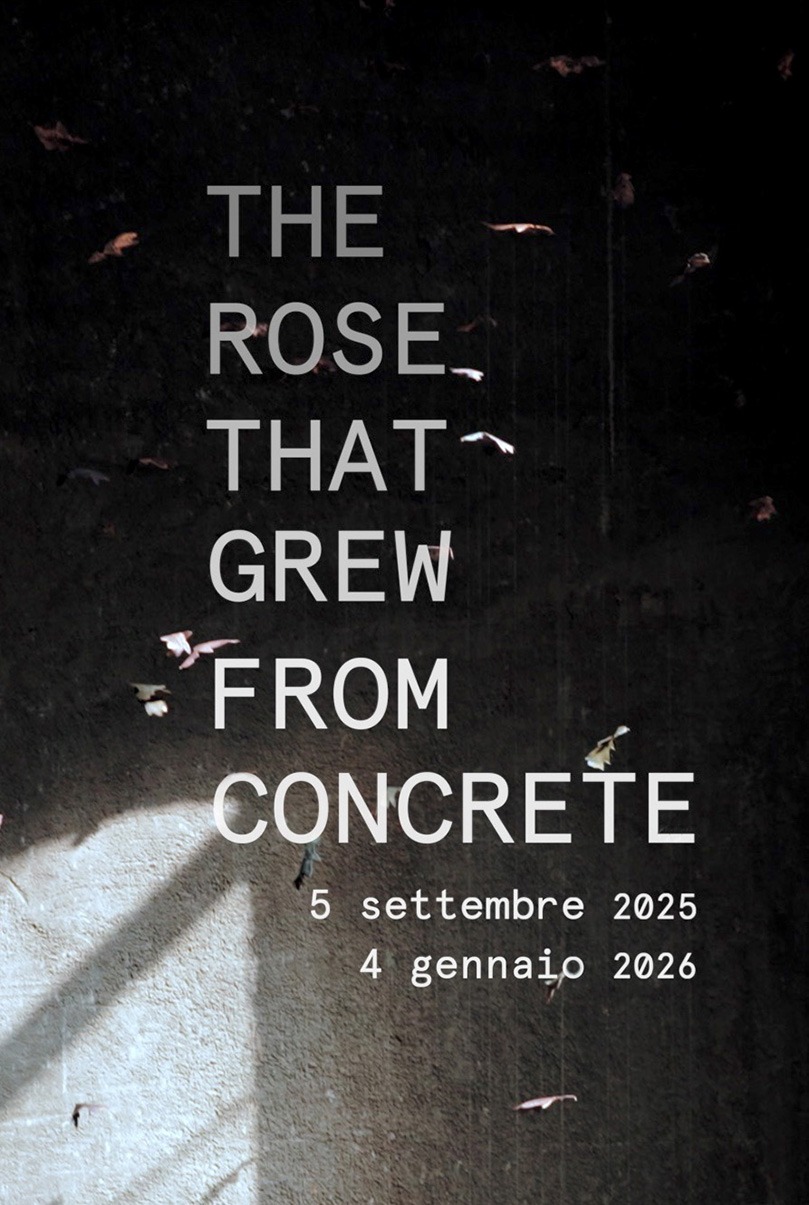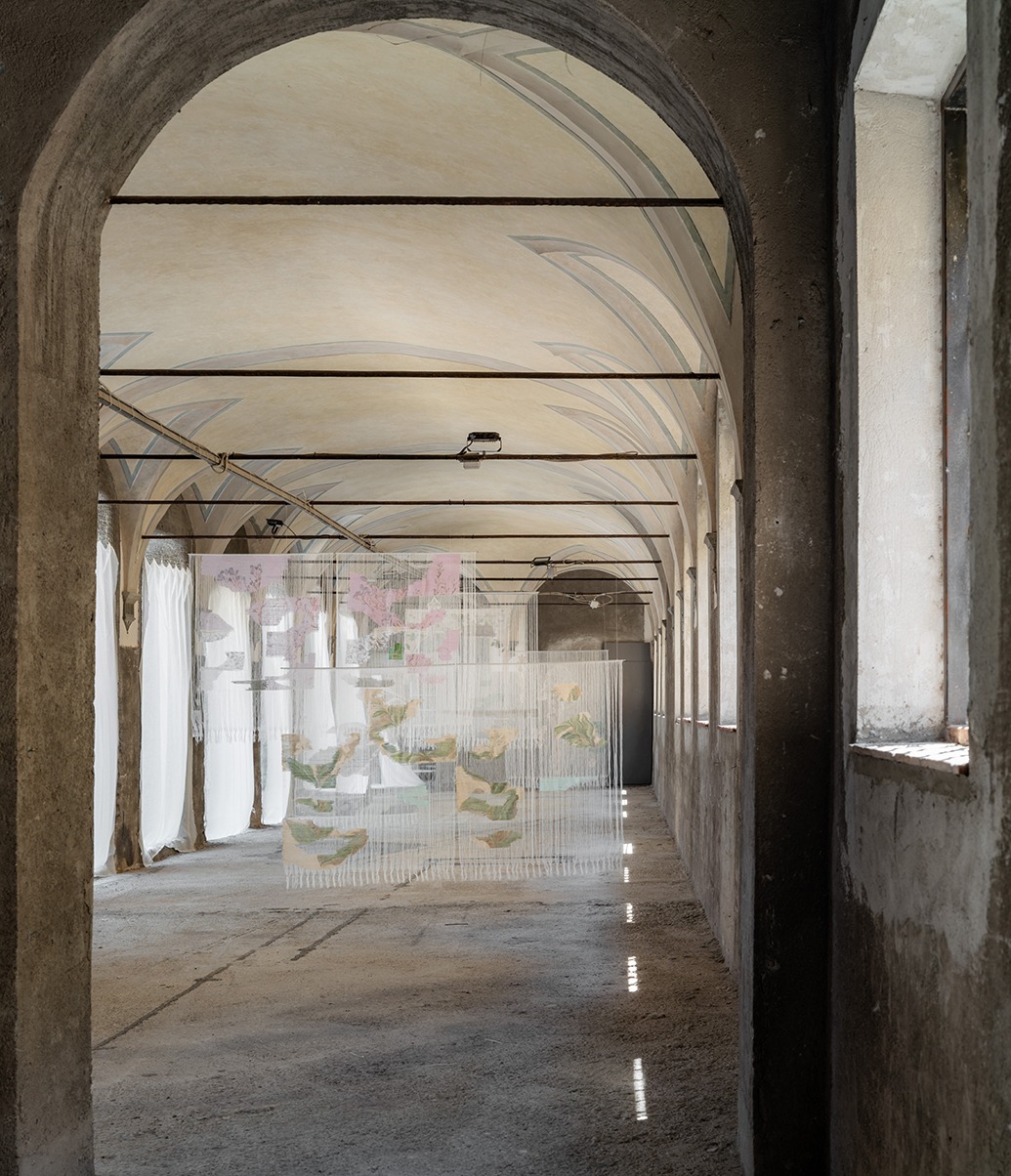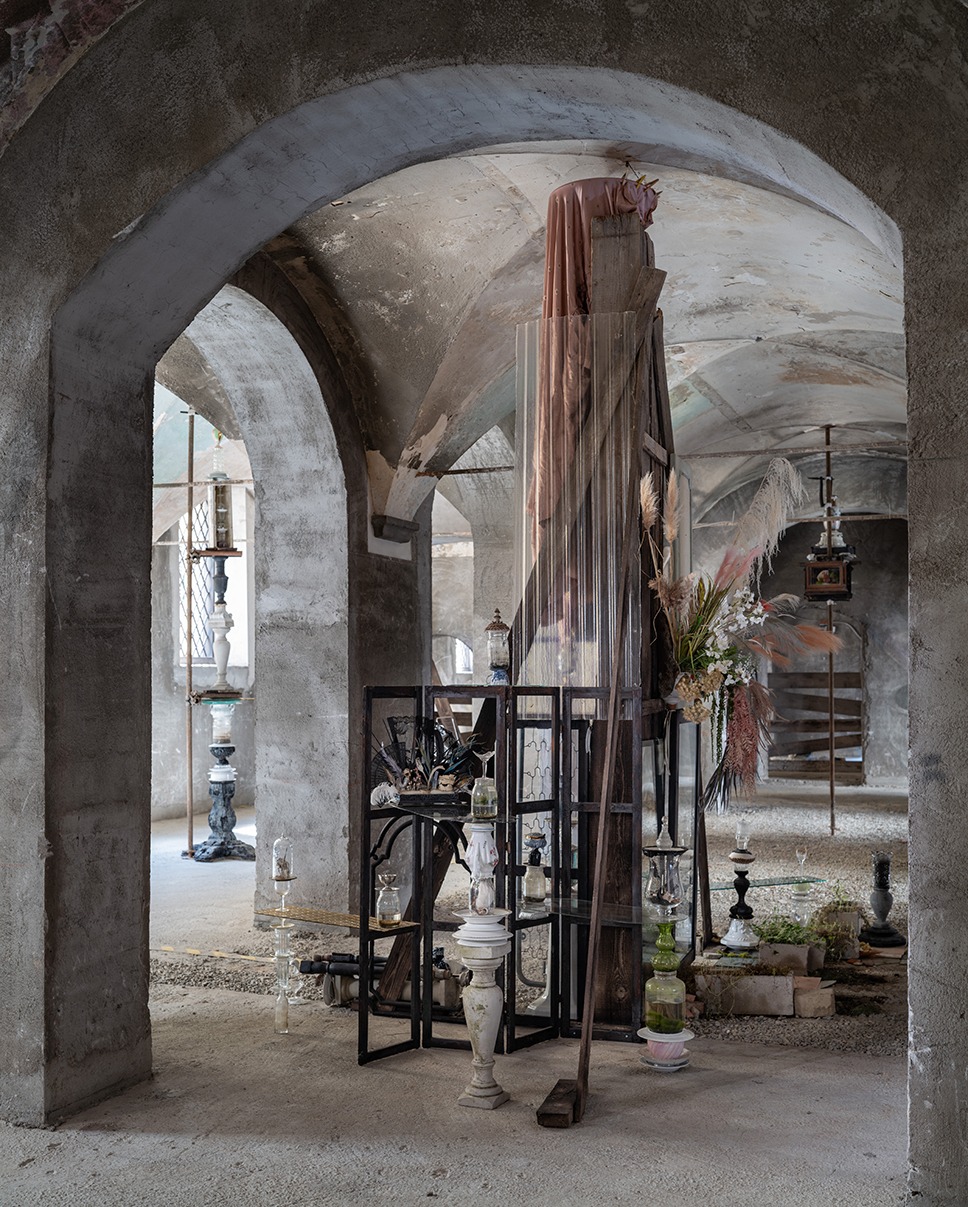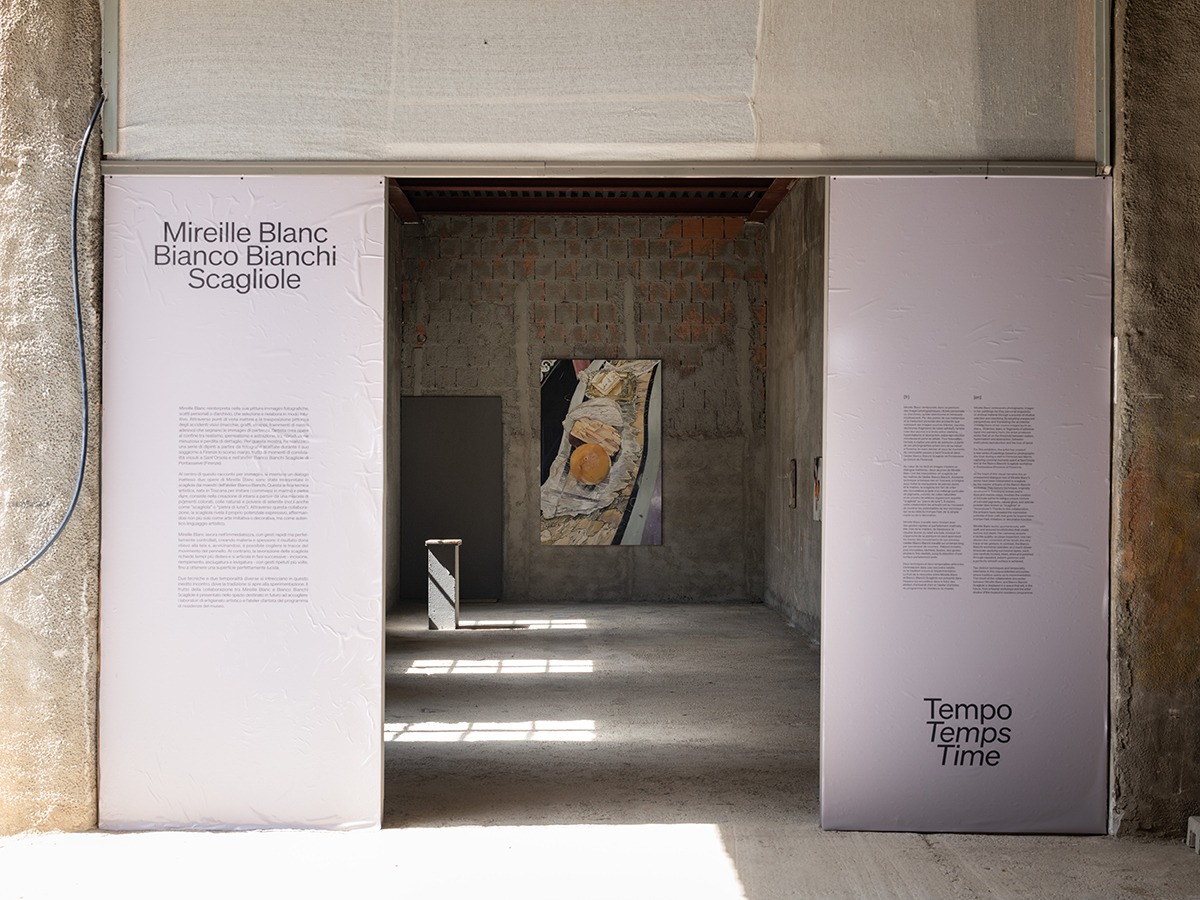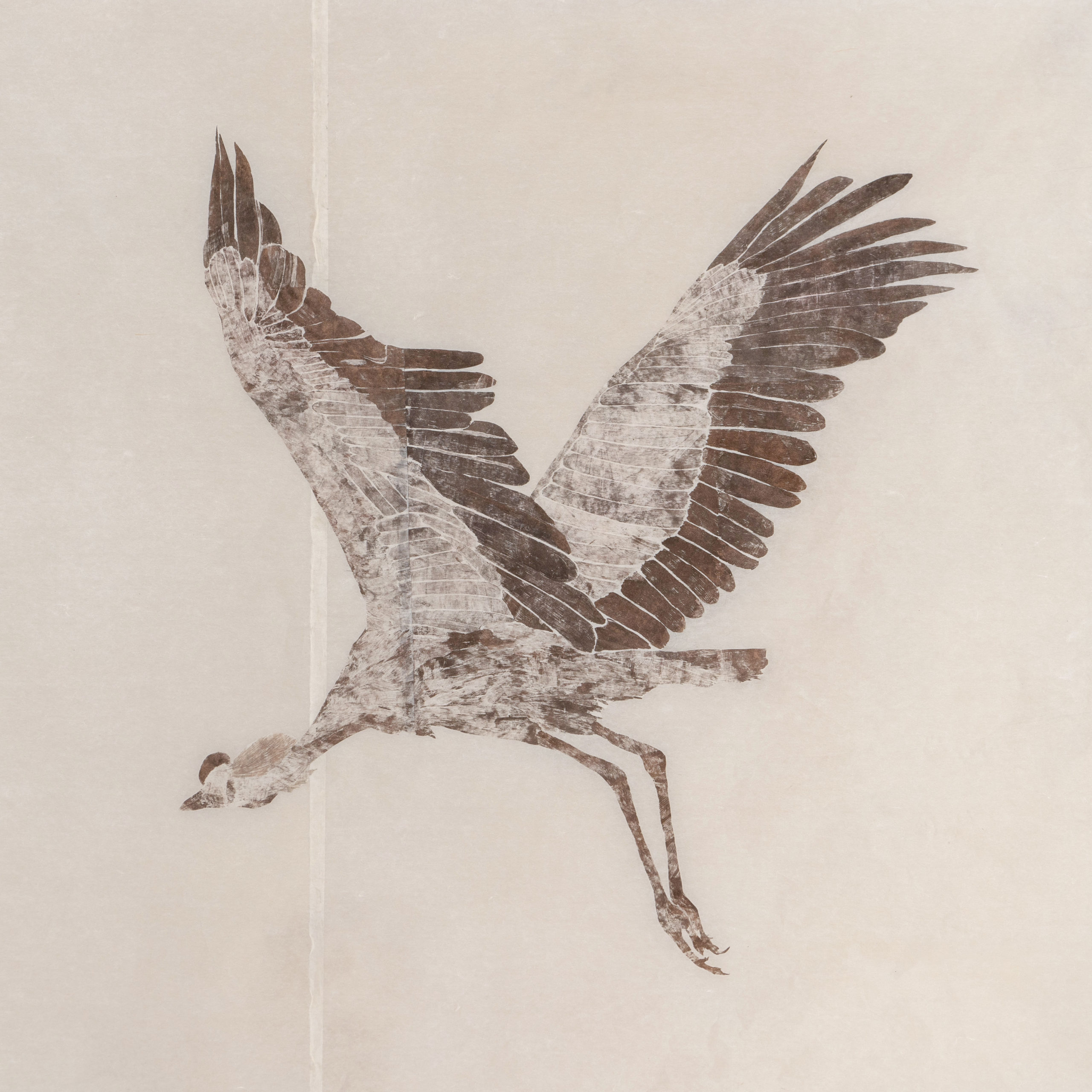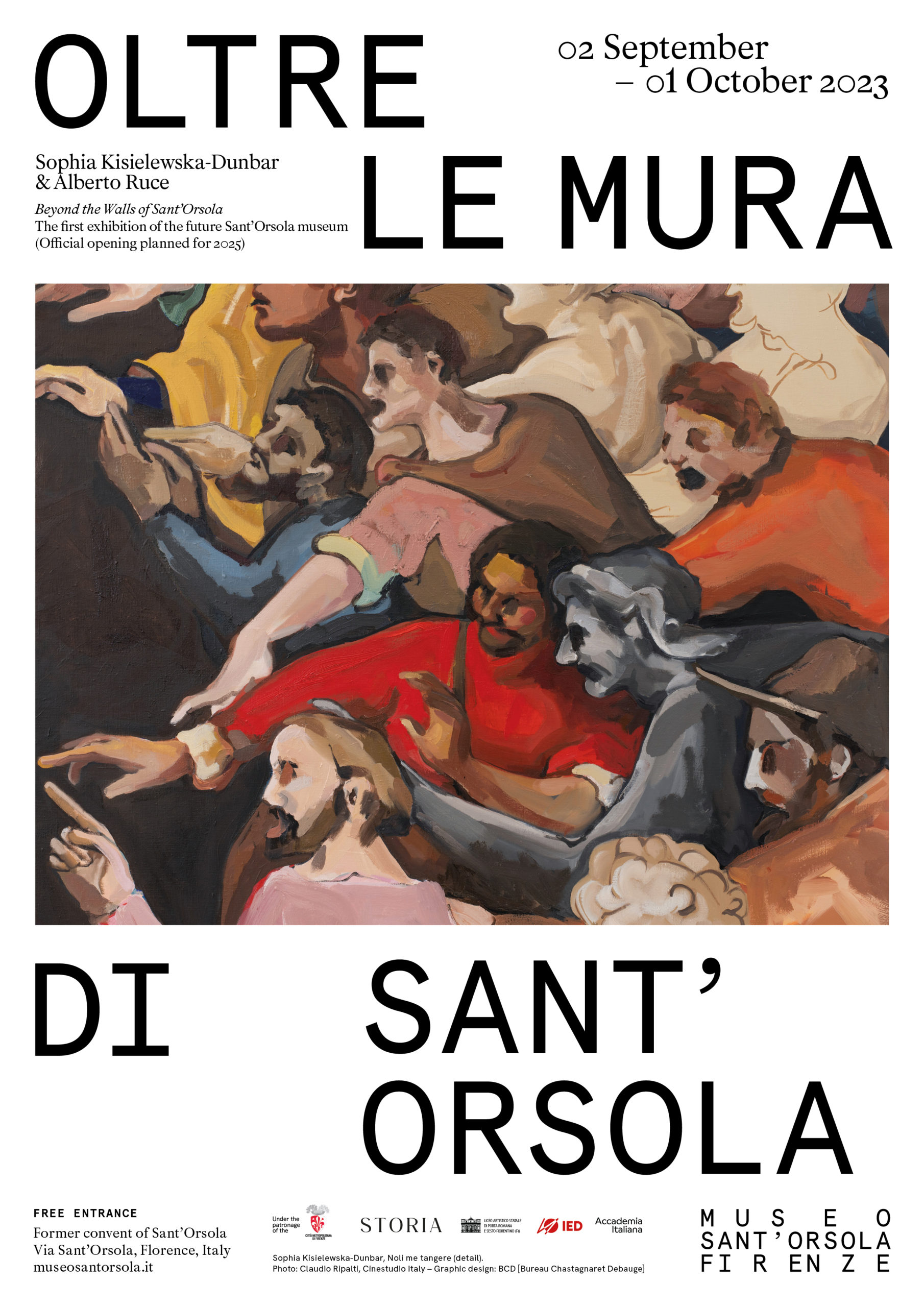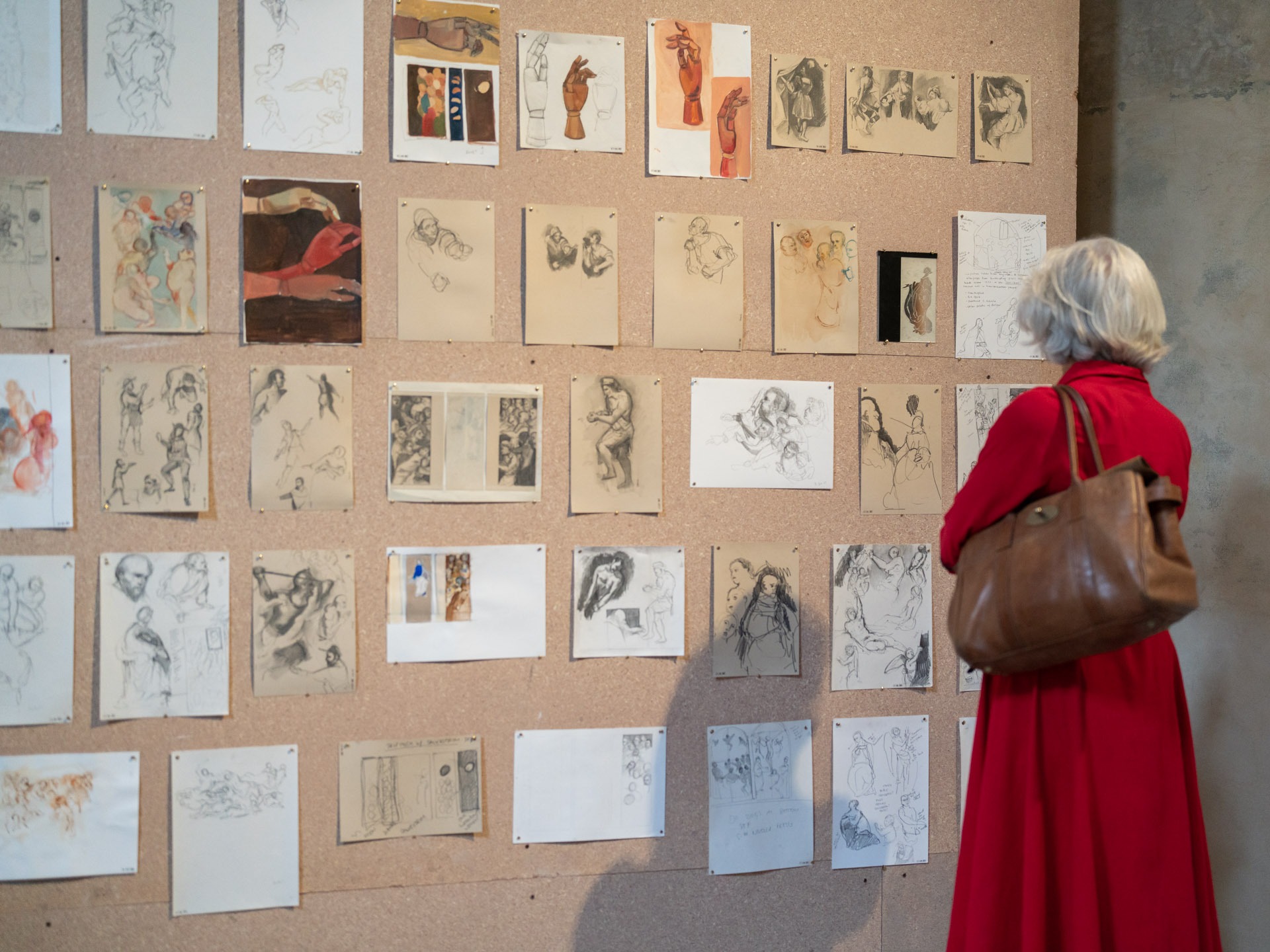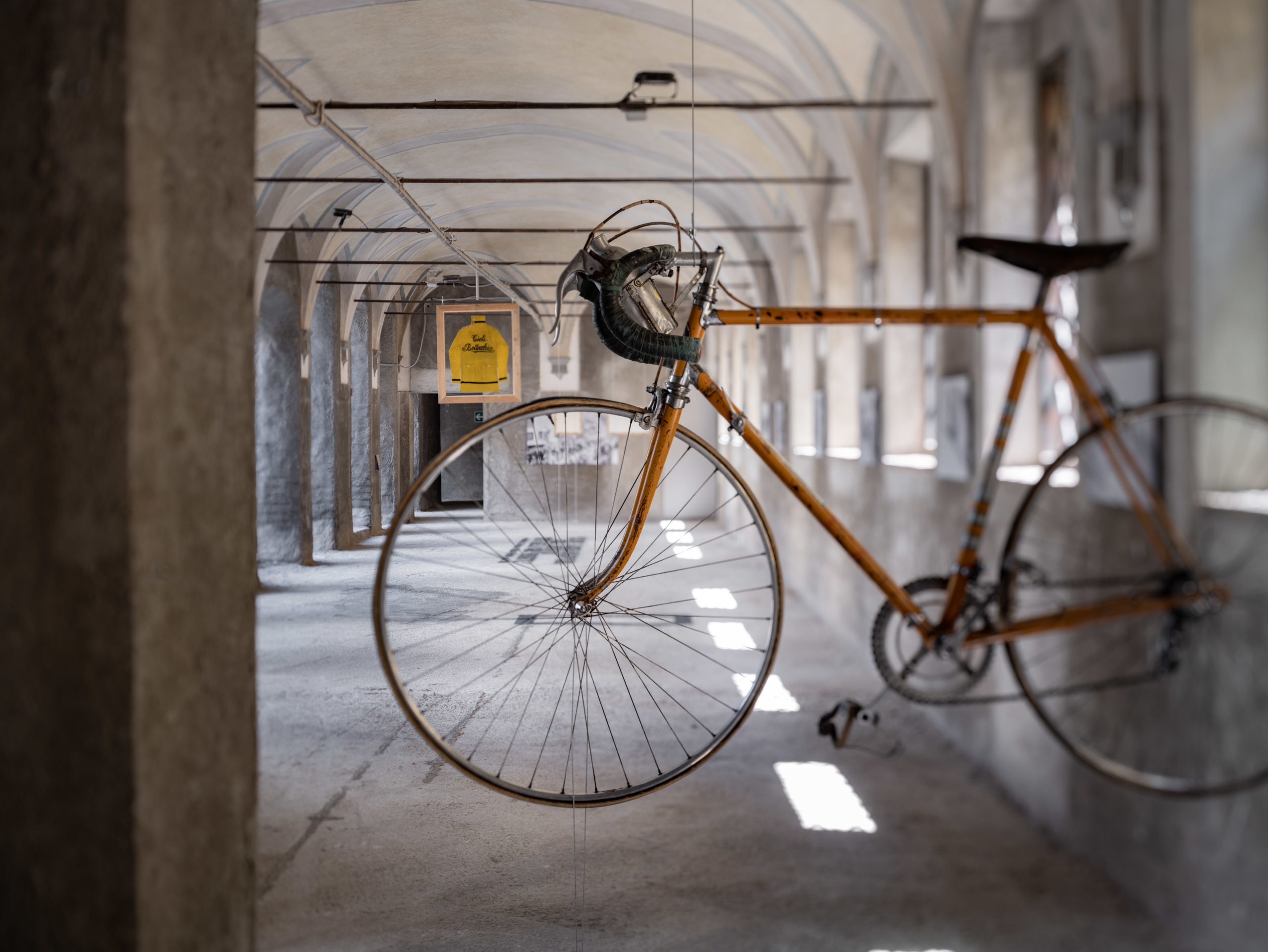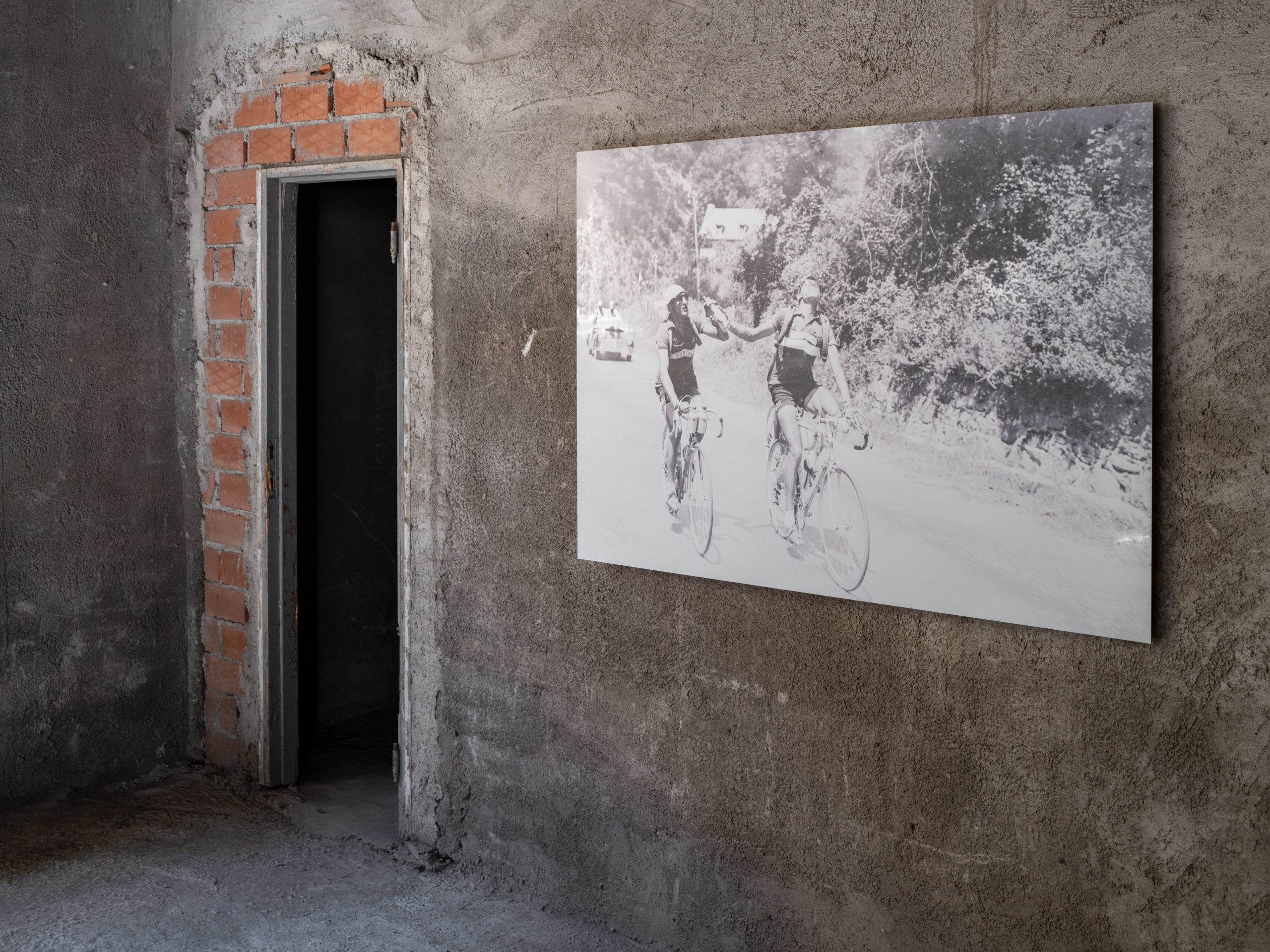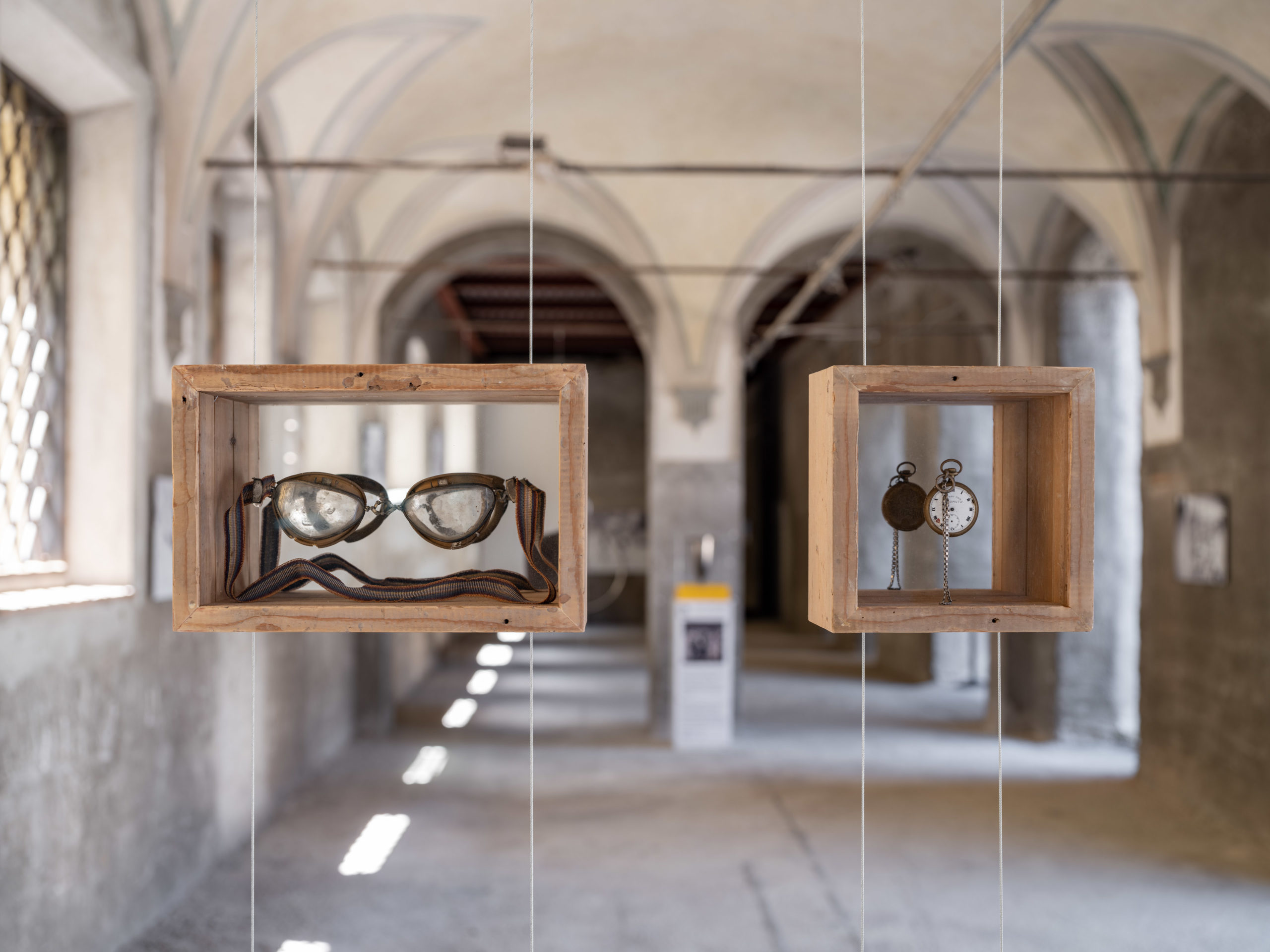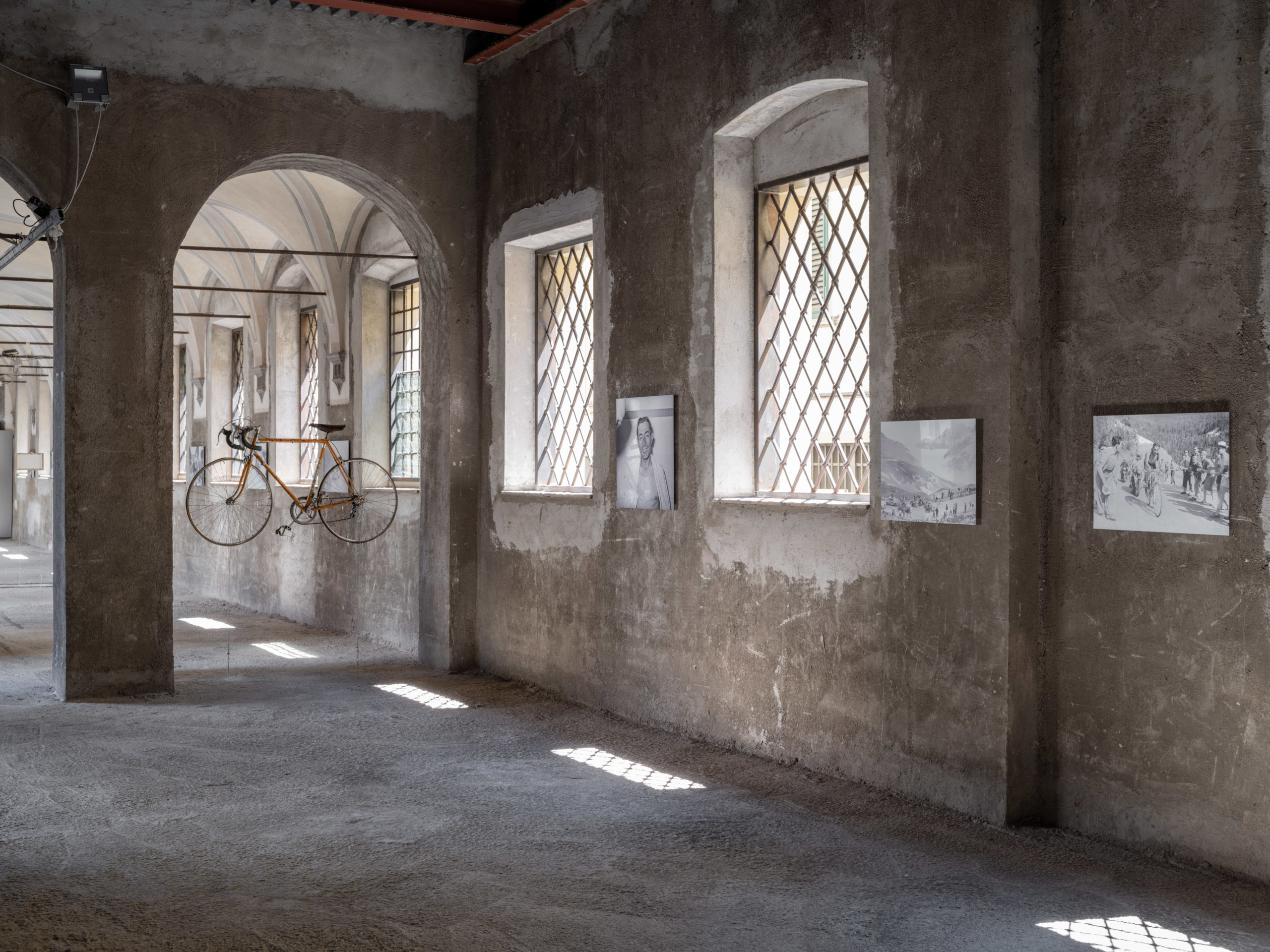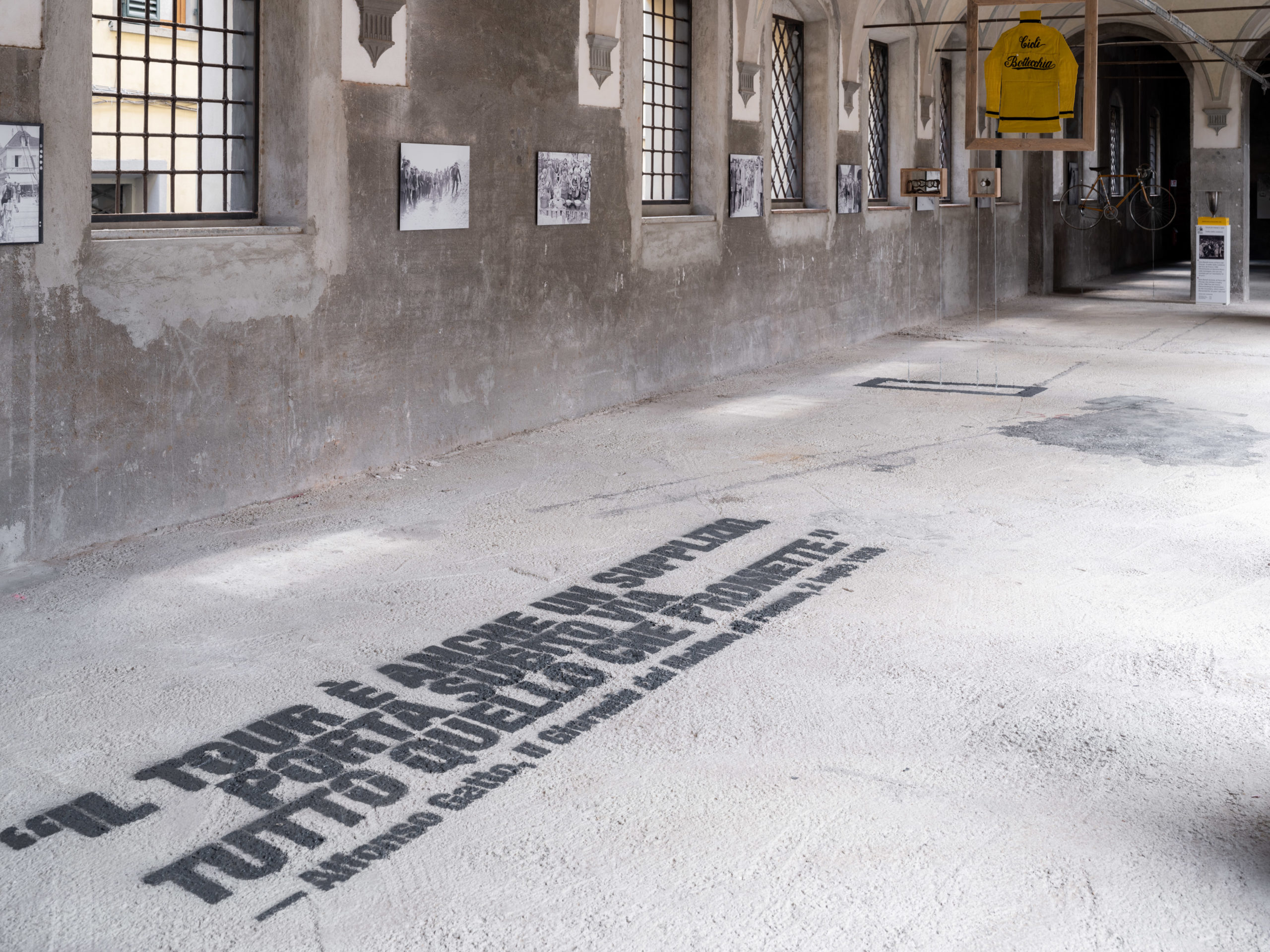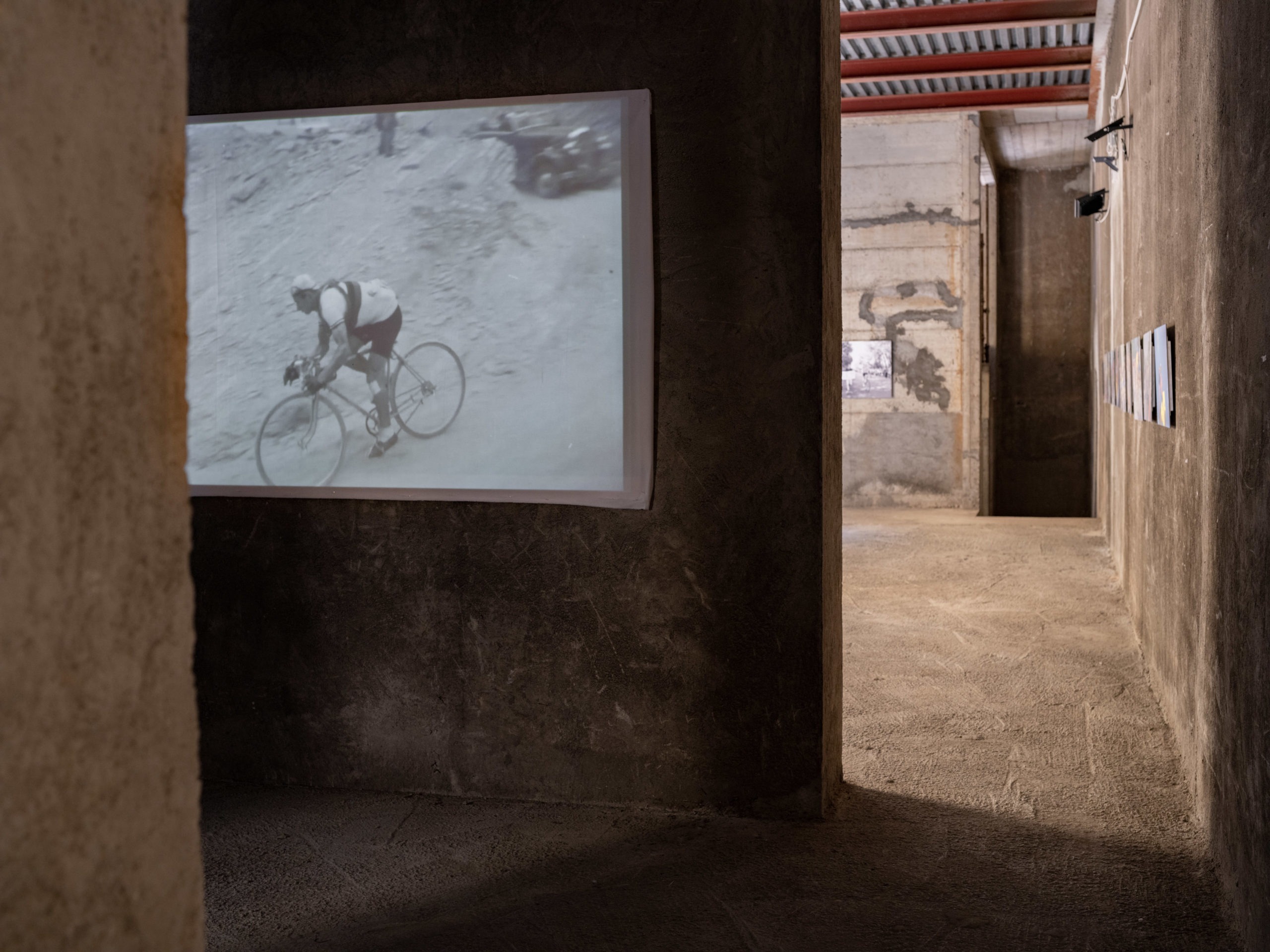The former convent of Sant’Orsola and its restoration project
Located in the heart of Florence, in the historic district of San Lorenzo, the Sant’Orsola complex, which covers over 17,000 m², has undergone various transformations and remained an inaccessible site for over 40 years. Originally a Benedictine convent in the early 14th century, it became a Franciscan convent in 1435. Since 1542, it has housed the tomb of Monna Lisa Gherardini, the presumed model for Leonardo da Vinci’s Mona Lisa. With an edict in 1810, Napoleon definitively put an end to its function as a convent, marking the beginning of the dispersal of its artistic heritage. In 1818, the historic building was radically altered and converted into a tobacco factory (until 1940). After the Second World War, the building was again transformed, and for several decades became a reception center for refugees. In the 1980s, the site was purchased by the Ministry of Finance, which intended to use it as a military barracks. Work on the site was quickly halted, and since then, the disfigured complex, covered in reinforced concrete, has been abandoned. In 2020, the Metropolitan City of Florence launched a competition for its rehabilitation, which was won by the French group Artea.
Museo Sant’Orsola, A museum in construction
The museum will officially open its doors in 2026, following the completion of rehabilitation works on the entire Sant’Orsola complex. The series of exhibitions on view during the construction period is a forerunner, announcing the particular direction of this new Florentine cultural center, at the crossroads of a historical, archaeological and fine arts museum, and a contemporary art center with its own collection of 21st-century works.
Since 2023, the museum has been inviting contemporary artists to reflect on the monument and its history through site-specific works. Through each successive exhibition, visitors participate in the rediscovery and rebirth of a site that has been inaccessible for too long.
Contemporary art in the service of memory
One of the Sant’Orsola Museum’s main aspirations is to help reveal the site’s past through contemporary artistic expression. The museum has taken on a twofold mission: to enhance the tangible and intangible heritage of the former convent, and to create a new heritage in tune with the issues of our time. A permanent exhibition path will present the testimonies of yesterday and today, in a fruitful dialogue between past and present to help us better understand and build the future.
The museum will be managed by Artea Storia Foundation, a non-profit foundation set up by the Artea company, which will manage the Sant’Orsola complex for the next 50 years and is in charge of the renovation works.
More broadly, the foundation intends to support the work of contemporary artists through specific commissions, dedicated to the site, and a program of artistic residencies launched in summer 2022.
The rehabilitation project of the former convent of Sant’Orsola
Artea has imagined a project for Sant’Orsola that is deeply rooted in the Florentine context, transforming the former convent into a multifunctional hub combining arts, crafts, education and social life. The proposal brings together public and private functions, integrating a higher education establishment, a toy library, a museum offering exhibitions and cultural activities, as well as a restaurant, cafés, three public courtyards, craftsmen’s and artists’ studios. An innovative model of urban regeneration, designed to make Sant’Orsola a place for living, sharing, conviviality and singular experiences.

